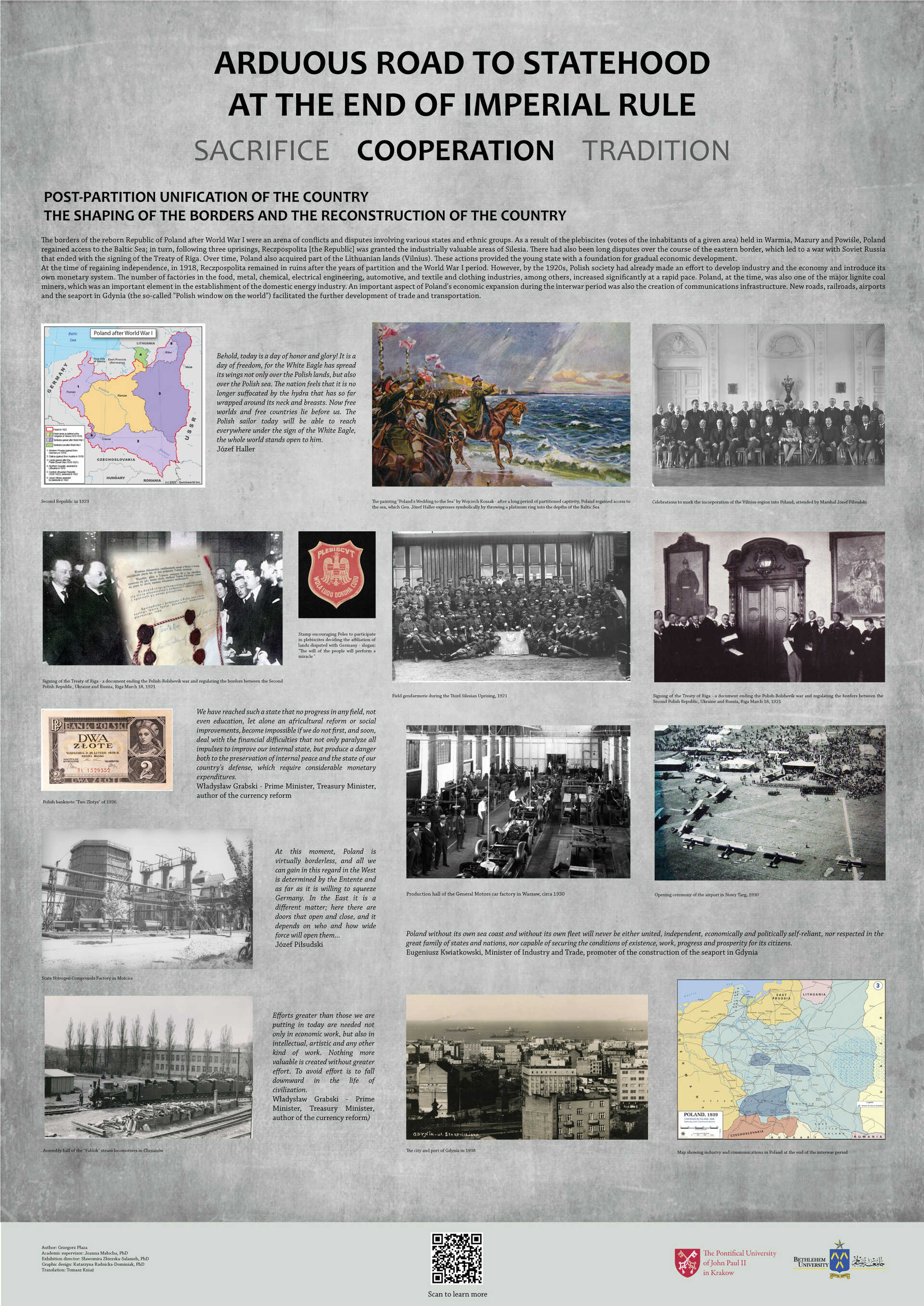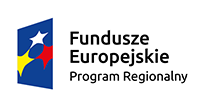VI. Post-partition unification

You can download the HQ PDF version of the poster HERE.
Post-partition unification of the country – the shaping of the borders and the reconstruction of the country.
The borders of the reborn Republic of Poland after World War I were an arena of conflicts and disputes involving various states and ethnic groups. As a result of the plebiscites (votes of the inhabitants of a given area) held in Warmia, Mazury and Powiśle, Poland regained access to the Baltic Sea; in turn, following three uprisings, Reczpospolita [the Republic] was granted the industrially valuable areas of Silesia. There had also been long disputes over the course of the eastern border, which led to a war with Soviet Russia that ended with the signing of the Treaty of Riga. Over time, Poland also acquired part of the Lithuanian lands (Vilnius). These actions provided the young state with a foundation for gradual economic development.
At the time of regaining independence, in 1918, Reczpospolita remained in ruins after the years of partition and the World War I period. However, by the 1920s, Polish society had already made an effort to develop industry and the economy and introduce its own monetary system. The number of factories in the food, metal, chemical, electrical engineering, automotive, and textile and clothing industries, among others, increased significantly at a rapid pace. Poland, at the time, was also one of the major lignite coal miners, which was an important element in the establishment of the domestic energy industry. An important aspect of Poland's economic expansion during the interwar period was also the creation of communications infrastructure. New roads, railroads, airports and the seaport in Gdynia (the so-called "Polish window on the world") facilitated the further development of trade and transportation.



